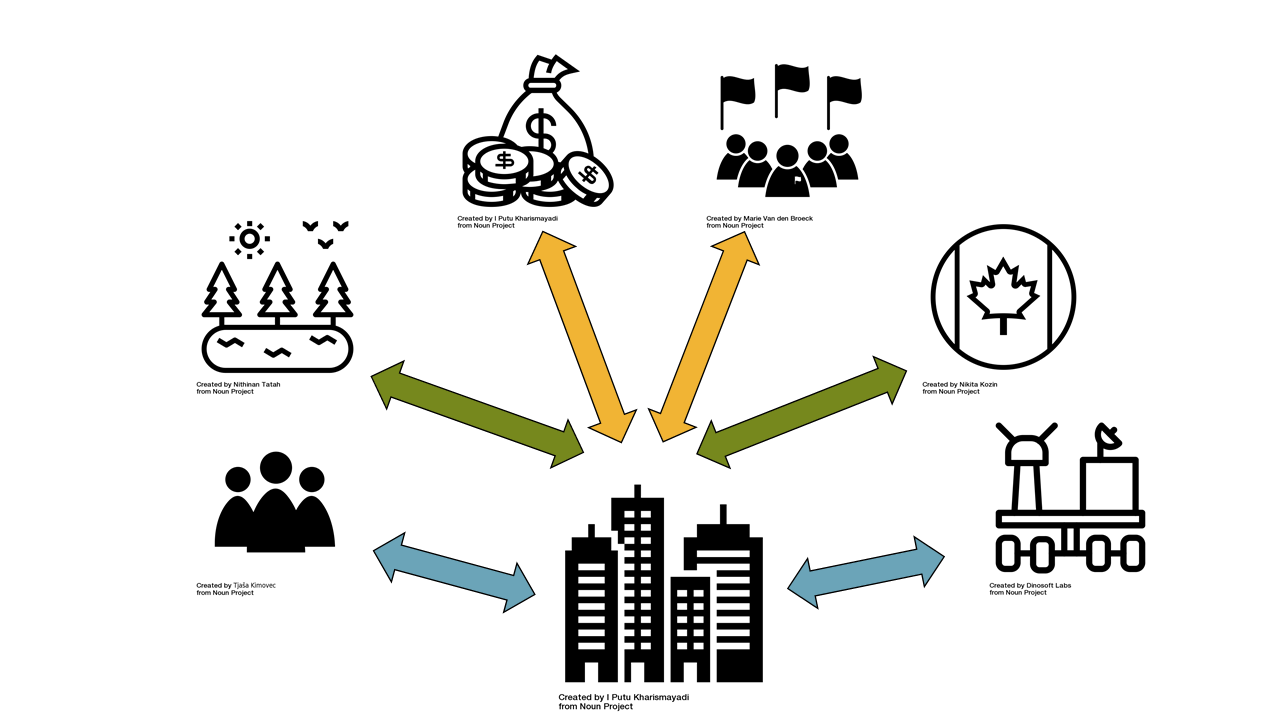Explore the depths of a collective cry within the faithful, teetering on the edge of self-destruction. Uncover the complexities and implications in this thought-provoking journey.
Introduction
In the vast tapestry of human experience, there are moments when a collective cry emerges from the depths of a community, signaling a profound inner turmoil. This phenomenon is not exclusive to any particular group but can be witnessed across diverse landscapes. In this exploration, we delve into the heart of a cry that emanates from within the faithful, a cry that hints at an unsettling proximity to the precipice of self-destruction.
Understanding the Cry
To comprehend the cry from amongst the faithful, one must first dissect its roots and motivations. Transitioning through the labyrinth of human emotions, this cry is more than a mere expression of distress; it is a reflection of internal strife, a collective yearning for resolution. As we navigate this emotional terrain, it becomes evident that the faithful are standing at the crossroads of conviction and crisis.
The shedding of tears is a shared human phenomenon, a silent form of expression conveying a range of emotions from happiness and relief to sorrow and frustration. Although tears are commonly associated with sadness, their significance extends beyond this, playing a broader role in our lives. This article delves into the scientific aspects of tears, their emotional importance, and their function in human interaction.
The Science Behind Tears
Tears are not merely saline droplets that appear when we cry; rather, they constitute a sophisticated fluid comprising water, electrolytes, proteins, and lipids. Three primary types of tears exist, each fulfilling a specific purpose:
Basal tears: These tears consistently lubricate the eyes, maintaining moisture and nourishment to safeguard the cornea—the eye's transparent front surface—from drying out.
Reflex tears: Prompted by irritants like dust, smoke, or foreign objects, these tears aid in flushing out these irritants and protecting the eyes from harm.
Emotional tears: Most commonly associated with feelings of joy, sadness, or relief, emotional tears contain unique proteins and hormones absent in basal or reflex tears. They serve as a distinctive means for humans to express their emotions.
The Emotional Significance of Tears
The fascination with emotional tears has captivated scientists and scholars for centuries, prompting inquiries into why we cry in response to various emotions. The emotional significance of tears lies in:
Emotional release: Shedding tears can be cathartic, leading to the release of stress hormones and toxins from the body. This emotional release contributes to a sense of relief and tranquility.
Social bonding: Tears function as a potent tool for social bonding and communication. When we cry in the presence of others, it often evokes empathy and compassion, strengthening social ties and connections.
The Self-Destruction Threshold
Every cry has a context, and in the case of the faithful, it echoes near the self-destruction threshold. The question arises: what pushes a community, bound by shared beliefs, to the brink of internal collapse? This journey requires an exploration of the external and internal factors contributing to this precarious state.
External Influences: Societal Pressures and Global Dynamics
Transitioning from the internal to the external, societal pressures and global dynamics play a pivotal role in pushing the faithful towards the self-destruction threshold. As the world undergoes rapid transformations, traditional values clash with modern realities, creating a tumultuous environment for the faithful to navigate. This clash sets the stage for the cry, a desperate plea for stability in an ever-evolving world.
Internal Struggles: Ideological Rifts and Leadership Challenges
Within the sacred confines of faith, ideological rifts and leadership challenges add layers of complexity to the cry. The faithful find themselves torn between differing interpretations of shared beliefs, leading to internal discord. The cry becomes a manifestation of the struggle for a unified identity amidst the chaos of conflicting ideologies.
Implications of the Cry
The cry from within the faithful is not a mere outcry—it reverberates with profound implications. As this collective voice reaches its zenith, it demands introspection and action. Failure to address the underlying issues could propel the faithful into a downward spiral, dragging them further towards the self-destruction threshold.
Seeking Resolution: A Path to Redemption
In the face of this existential crisis, there lies a path to redemption. Navigating the cry requires a collective effort to bridge ideological divides, strengthen leadership structures, and foster a sense of unity. Transitioning from the brink of self-destruction demands courage, resilience, and a commitment to mutual understanding.
Conclusion: A Call to Collective Action
In the symphony of the faithful's cry, there exists an urgent call to collective action. The journey from the edge of self-destruction back to stability demands a concerted effort from both leaders and followers. As we conclude this exploration, the cry from amongst the faithful serves as a poignant reminder that, even in the face of adversity, redemption is possible through unity, understanding, and a shared commitment to a harmonious future.















